For Future GenerationsSince its founding a dedicated team of individuals has worked together to preserve the Acadia's natural and cultural resources unimpaired for this and future generations. Learn more about the dedicated Acadia National Park team, including employees, volunteers, and partners, what we do, and how we manage this incredibly special place. Protecting NatureAcadia is changing - so are we. In the face of various environmental threats such as climate change and invasive species, this is a now-or-never challenge. Acadia National Park, with the support of its partners in science, is a leader in applying new approaches to managing national parks in the face of rapid environmental change. Based in science and research, park management actions aim to preserve the park's natural resources unimpaired for future generations. Learn more about what we do to protect nature.
New Approach to Restoration
Learn more about the new strategies Acadia and its partners are using to tackle restoration projects in the face of climate change. 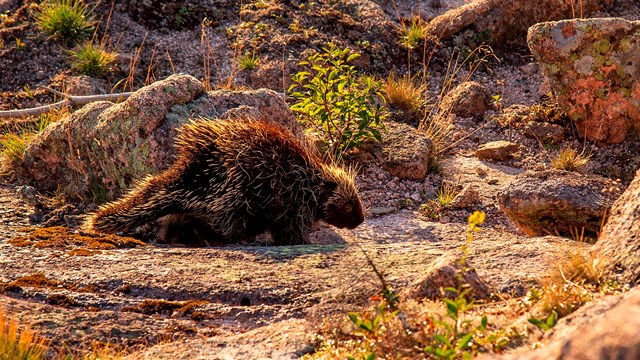
Nature
Explore fascinating animals, plants, and landscapes where the summits meet the sea and learn about the challenges facing this special place. 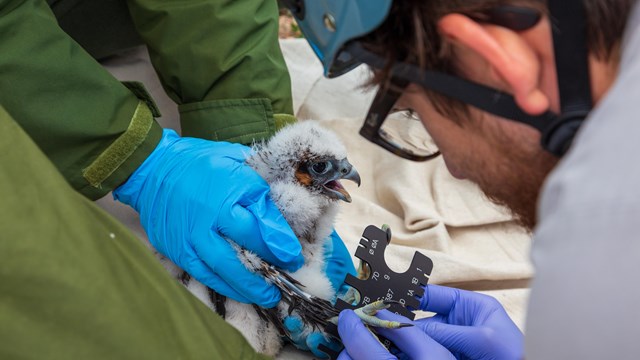
Science & Research
Learn more about how we conduct research and science at Acadia and the amazing people and partners who protect this place for the future. 
Partners In Science
Learn more about the ways that Acadia's partners are essential in the effort to study Acadia. Preserving HistoryAcadia is a living landscape. People have influenced the landscape since time immemorial. Their traces left behind in archeology and historic structures join together with the living communities that still exist. Historic preservation focuses on managing designed landscapes including historic carriage roads, historic trails, historic structures, historic viewsheds, and the museum collection. These historic resources along with archeological and ethnographic resources are facing an uncertain future due to climate change and other environmental factors.
Preserve History
Learn more about the many ways that Acadia preserves its historic resources including historic structures, museum collections, and data. 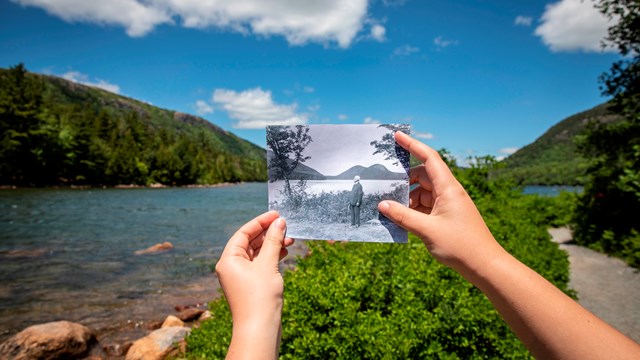
History & Culture
Learn about the people and places that make up our past, present, and future. 
Collections
Learn about the William Otis Sawtelle Collections and Research Center, dedicated to the founder of the Islesford Historical Museum. Managing VisitorsParks are for people. Millions of visitors come to Acadia every year to enjoy its natural beauty, historic significance, and recreational experiences. Managing those millions of visitors takes an understanding of the complex forces at work including sharp increases in visitation. Learn more about the many ways Acadia National Park manages congestion and uses communication to help inspire visitors to stay safe and care for this special place.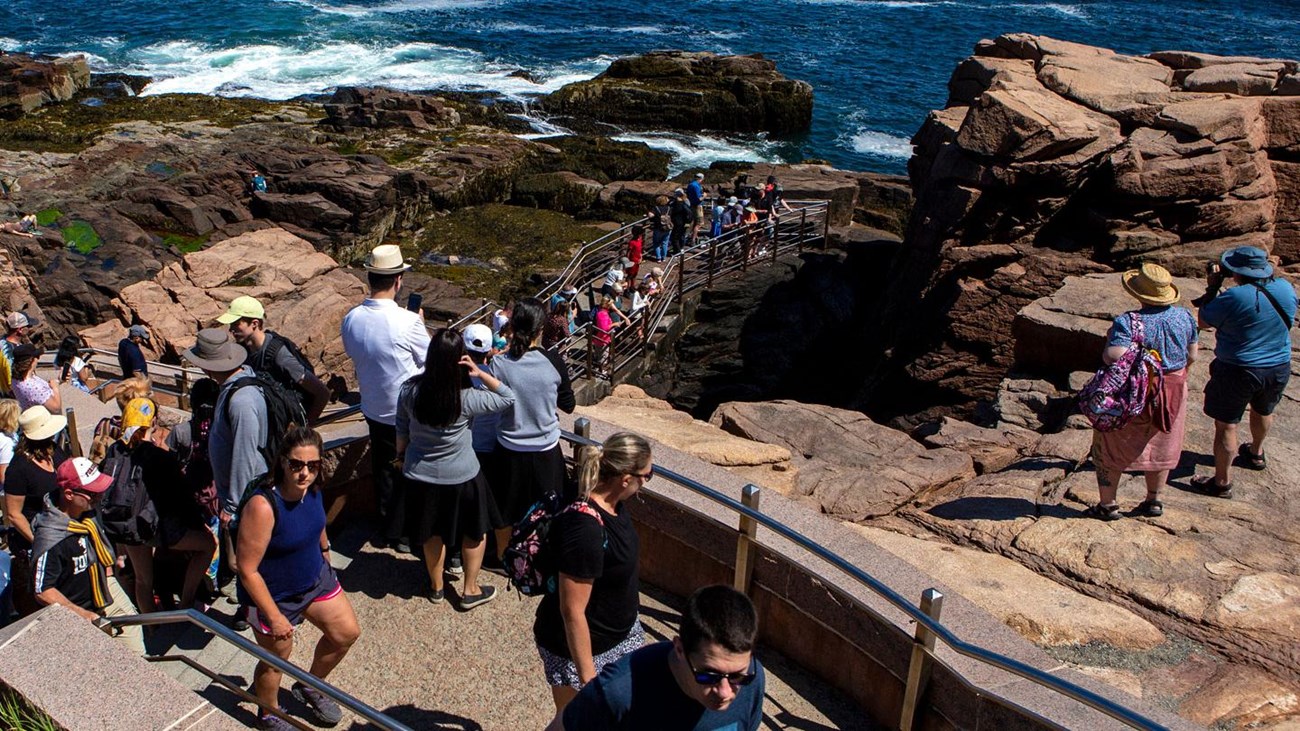
Manage Visitors
Learn more about the many ways that park staff help manage visitor behavior and impacts to protect the park. 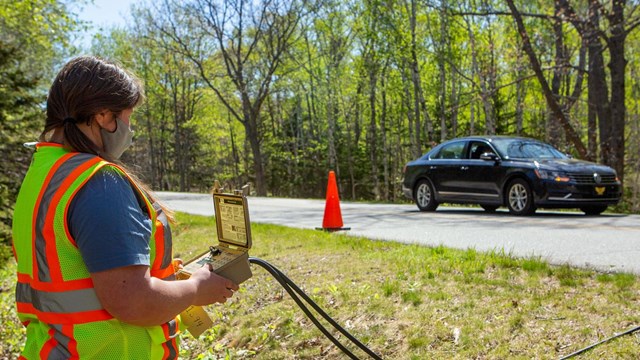
Social Science Research
Find research reports on the many ways Acadia studies how humans impact the park, from restrooms to roads. 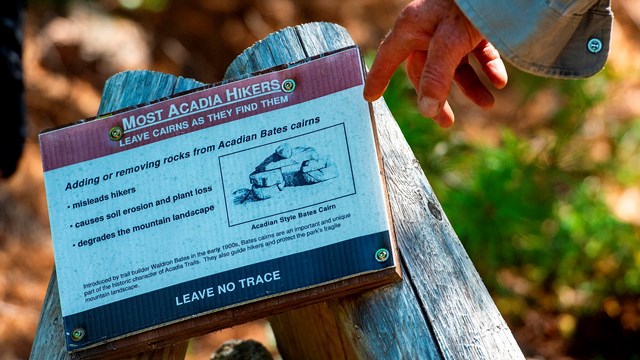
Leave No Trace
Acadia National Park is committed to promoting Leave No Trace and encouraging visitors to minimize their impact during their visit. Maintaining & Managing InfrastructureAcadia National Park is a peaceful, beautiful place. It is also a dynamic, ever-changing hub of decisions, plans, and actions that maintain over 700 infrastructure assets including buildings, trails, water and wastewater systems, campgrounds, and roads. The talented staff of the National Park Service work annually to protect these resources and provide a positive visitor experience for the millions who visit Acadia today and for future generations.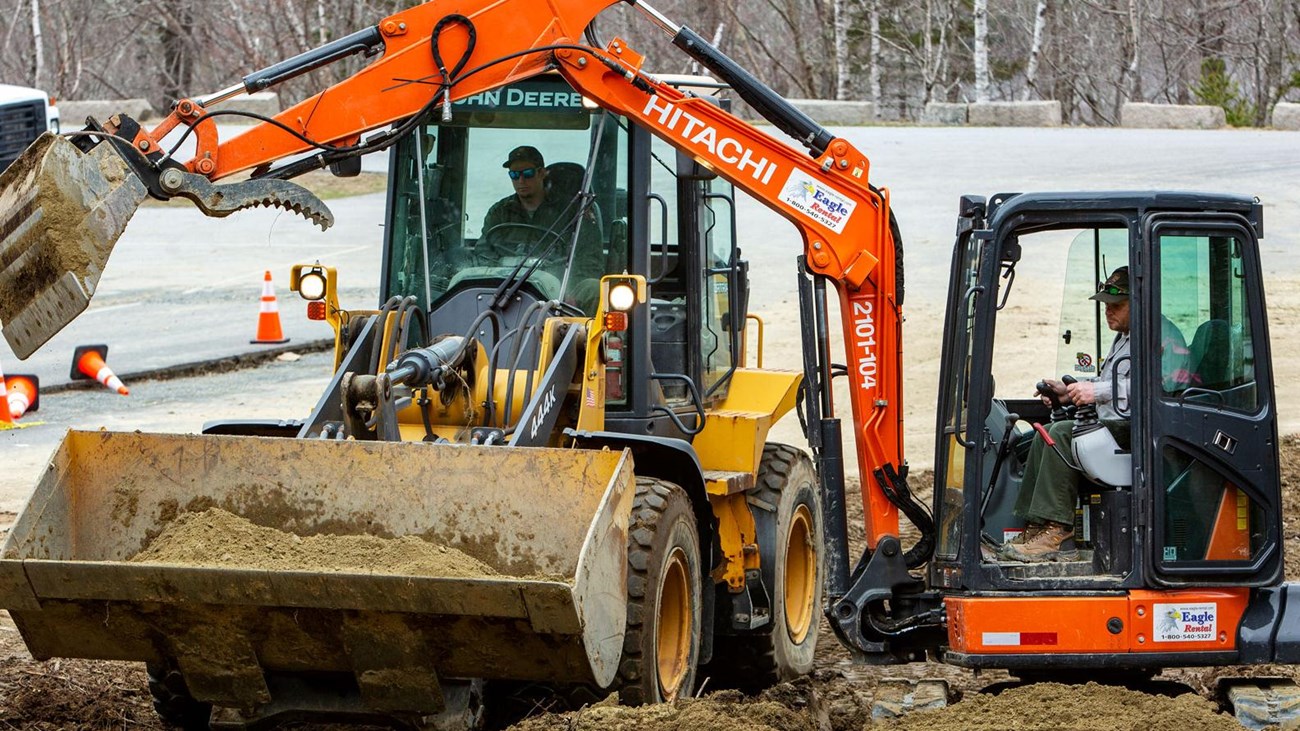
Maintain & Manage Infrastructure
Learn more about the many ways that staff maintain and manage park buildings, roads, water and wastewater systems, trails and more. 
Carriage Roads & Gatehouses - 1913-1940
Learn the history behind the design, planning, and construction of the famous carriage road system. 
Historic Trails (--- to 1958
Mount Desert Island’s present-day trail system evolved over centuries of human use and settlement of the land. 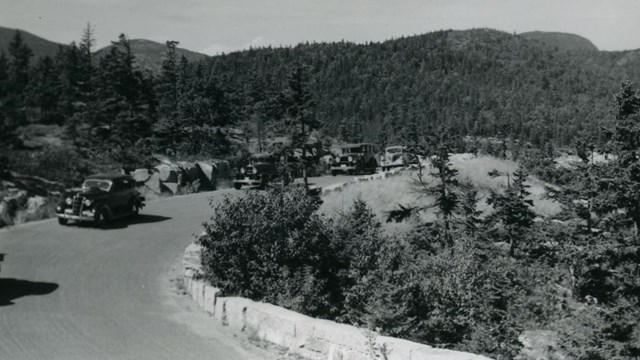
Motor Roads - 1922-1958
Acadia’s motor road system involved engineers, landscape architects, conservationists, local skilled laborers, the federal agencies. Working with CommunitiesAs a living landscape, Acadia National Park works with the many communities that exist in and around the park. The park is in the traditional homeland of Wabanaki people who live here and have lived here since time immemorial. The park has a government-to-government relationship with tribes. The park also works with the many towns and communities that surround the park and uses tools such as conservation easements and processes such as civic engagement to connect with communities on the many issues that are interwoven with park management. Along with our other partners, the Acadia Advisory Commission is a key link between the park and the surrounding communities.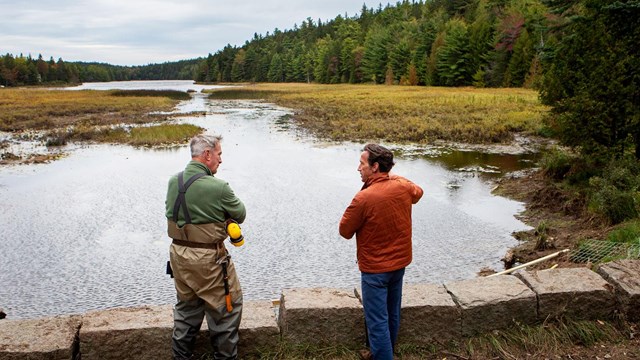
Land & Boundary Management
Learn more about the many ways that the Acadia team works with surrounding communities to manage lands such as conservation easements. 
Tribal Relations
Learn more about the Acadia's government-to-government relationship with Wabanaki tribes and the ways we work together. 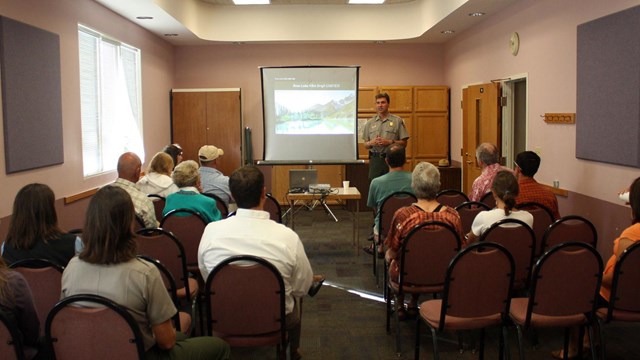
Acadia Advisory Commission
Learn more about how the Acadia Advisory Commission works, along with meeting minutes and announcements. Working With PartnersThe origin of Acadia National Park is characterized by a rich legacy of conservation that continues today through many partnerships, philanthropic efforts, and Acadia’s ongoing conservation easement program. Acadia has many partnerships that support its natural and cultural protection and preservation efforts through donations, endowments, volunteerism, and advocacy efforts. This legacy of citizen-initiated conservation and philanthropy allows the park to meet its mission of protecting and preserving its cultural and natural resources for present and future generations.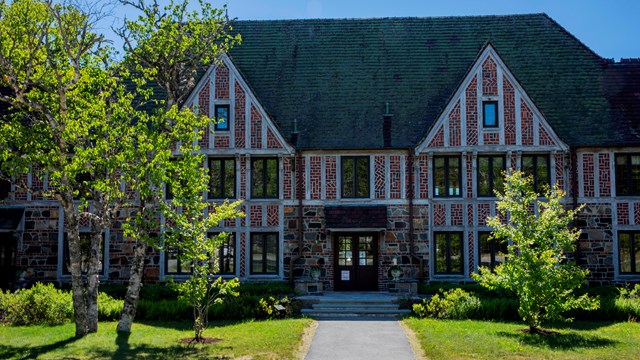
Partners
Learn more about the partners who help us operate. 
Partners In Science
Learn more about the ways that Acadia's partners are essential in the effort to study Acadia. Planning For the FutureAll of the above actions - protecting nature, preserving history, managing visitors, managing infrastructure, and working with communities and partners - takes a lot of planning. Parks are in the 'forever business' and planning for the future is an important part of what we do. Learn more about the types of plans the park produces and some of the major plans that have guided the park into a sustainable and protected future.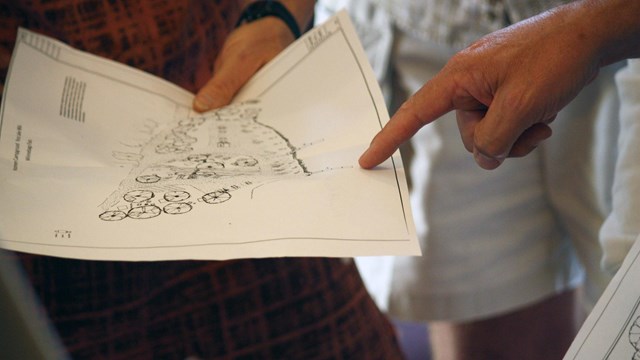
Planning
Learn more about Acadia's planning efforts from the past, present, and future, and the types of plans the park uses to guide the way forward 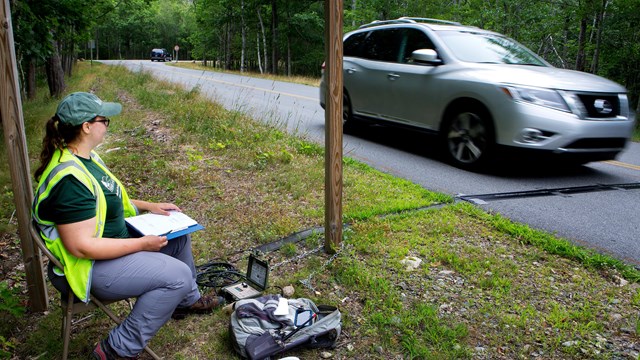
Transportation Plan
Acadia has a plan to improve visitor experiences and reduce congestion. Work began in 2020 and full implementation may take a decade. About UsCurious about who we are and our organizational structure? You can find out more on our staff and offices page or check out our publications page for authoritative information about the park. As always, you can visit us at a contact station or contact us for more information at any time.
Our Staff & Offices
Park staff consists of permanent and seasonal employees organized by function under various divisions. 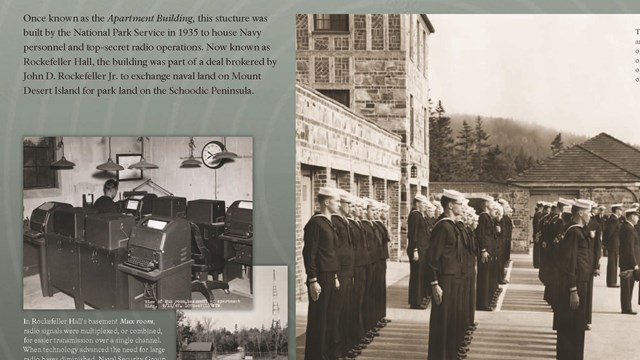
Publications
Find authoritative resources on park management, history, natural resources and more. 
Laws & Policies
Learn about the federal laws, policies, and guidelines that the National Park Service follows and enforces in Acadia National Park. 
Contact Us
Find up to date contact information for Acadia National Park including contact stations, emails, mailing addresses and phone numbers. More About Managing Acadia National Park |
Last updated: November 1, 2023
